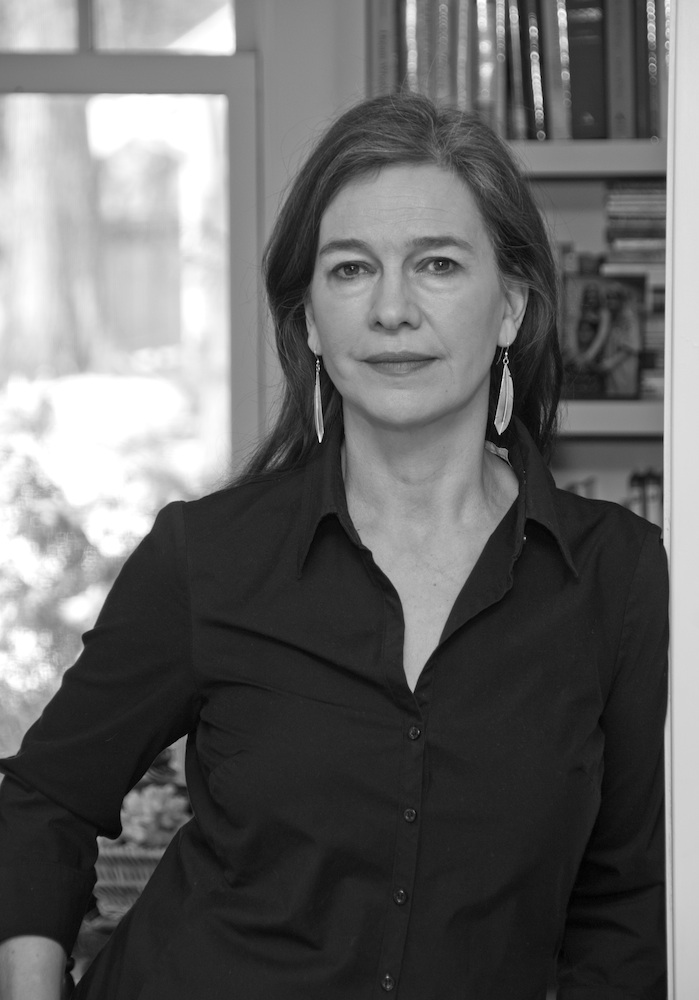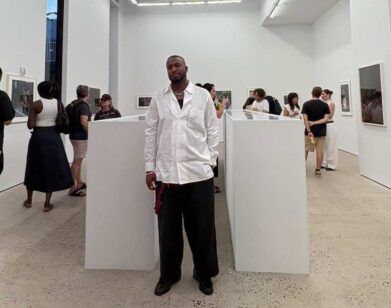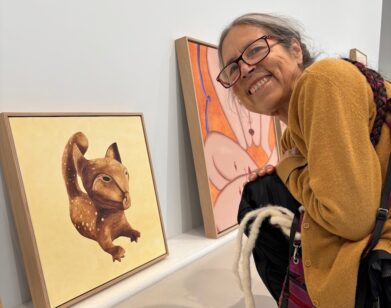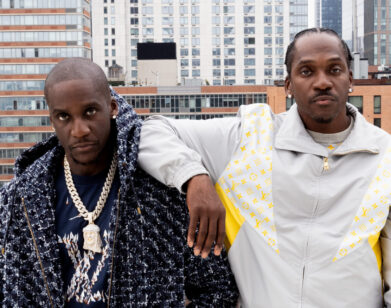Louise Erdrich’s War of the Roses

ABOVE: LOUISE ERDRICH. PHOTO COURTESY OF PAUL EMMEL.
Louise Erdrich’s latest novel, LaRose (Harper), starts with a brutal scene: A man attempts to shoot a deer from a distance, misses, and accidentally kills his neighbor’s five-year-old son. Filled with remorse, he reverts back to an ancient Native American custom and offers the grieving family his own five-year-old boy, named LaRose after a long line of ancestors, as a replacement. That the two families are related and share a contentious history makes the arrangement all the more complex.
Born in Minnesota and raised in North Dakota, Erdrich is part Ojibwe and writes about Native American characters. At 61, her prolific output includes 15 novels, six children’s books, three collections of poetry, three non-fiction books, and a collection of short stories. Erdrich’s last novel, The Round House, won the National Book Award in 2012, and her 2009 novel The Plague of Doves was a finalist for the Pultizer Prize.
At the heart of LaRose, which comes out today, is a set of flawed characters grappling with their own shortcomings, secrets, and desires. Like its award-winning predecessor, LaRose is as much a thriller as it is literary fiction, with Erdrich tightening screws all the way to its thrilling climax. One character from The Round House even makes an appearance in the narrative.
JEFF VASISHTA: LaRose and The Round House were, in part, about the welfare of boys in a very adult world. What attracts you to them as subject matter?
LOUISE ERDRICH: Most of my stories have been about girls, and I would argue that LaRose is as much about Maggie and her new sisters as it is about a boy. Still, I loved writing as Joe in The Round House. I have brothers and was a tomboy, if that’s still a designation. It wasn’t a stretch for me to think and write as a 13-year-old boy—it is freeing. I had a very free childhood and ranged around on my bicycle the way boys do. I had few restrictions. Being a girl didn’t really affect me until I entered junior high and had to wear skirts, curl my hair, and even get used to panty hose. However, my hatred of panty hose helped make me a writer who only wears comfortable clothes. I’ve successfully avoided panty hose for most of my life.
VASISHTA: How did the success of The Round House change your career and life if at all?
ERDRICH: A great deal. I enjoyed writing a straight ahead narrative and sticking with the same characters. It was a “normal” book for me, not structured in some arcane interior way only I could understand. I suppose it might have been more accessible, but I planned it that way in order to talk about jurisdiction. Who could have read it unless there was suspense attached?
VASISHTA Is that part of Native American tradition to have one child replace another as with the boy LaRose?
ERDRICH: Family boundaries are more fluid in our families, but this would be a very rare thing to happen nowadays. Still, it has happened in recent memory. I know many young people who are deeply traditional, and I can imagine well that this could happen with families already bound in friendship and blood.
VASISHTA: McKinnon and Bowl Head are ghostly spirits that haunt those who have wronged them. Where did the idea for them originate?
ERDRICH: I’ve always admired the pure frightfulness of the traditional story of the rolling head, which has been written and recorded in various ways. Sometimes a person’s monstrosity seems superhuman. I was reflecting the dreamlike weirdness that afflicts one when dealing with a truly evil person, like McKinnon. However, Bowl Head isn’t evil. In fact, she’s a rather nice well-meaning woman. Her inclusion in the frightful category dramatized the way I’ve always felt when obtuse grown ups thought they knew what was best for me.
VASISHTA: One of the fascinating aspects about your works is the multiple narratives. I’ve always thought that plotting your books, particularly this one, which jumps back and forwards in time and from several characters’ perspectives, must be a very involved process. How did this novel come together? Was it torture to plot?
ERDRICH: I make very involved drawings, even little structures, and try using design to figure out the rhythm of a plot. If there are several narrators then a clue has to pop up in the first line. There have to be certain grammatical clues, or distinctive names. I always have some way of putting the stories together that works for the book. I’ve always switched points of view in my books. I’m a Gemini. I share a birthday with Prince.
VASISHTA: You’ve been quite prolific over a long period of time, in the process raising a family as well. How do discipline yourself as a writer? What’s your writing schedule like?
ERDRICH: If only I had discipline, but alas, it is only an obsessive-compulsive trait and the beauty of habit that causes me to return again and again to my work.
VASISHTA: What made you set this around the Iraq war and the weapons of mass destruction debate of the second Bush presidency?
ERDRICH: I want to remember what bullshit looks like when weapons of mass destruction are diagrammed out and whacko “intelligence” is delivered in an ominous way to strike fear into people and especially to pull on the idealism and zeal of the young.
North Dakota and Vermont sent the greatest percentage of people per population into harm’s way. Some I know survived; some could never be retrieved. The war was real, but most people skimmed along as though our fellow citizens were not being blown up every day.
VASISHTA: You own Birchbark books and Native Arts in Minneapolis. How do you balance running a bookstore and being a writer as well? Is it two completely different sides of the brain?
ERDRICH: Not different sides of the brain, but it is a question of time. I spend most of my time writing. I am at the bookstore a lot, but let my friends, the professional Birchbark Books staff, handle the day in and day out.
VASISHTA: You and Marlon James are probably two of Minneapolis’ most successful authors. Have you done book events together?
ERDRICH: Not yet, but maybe sometime. I am a great fan of Marlon’s work, and always happy when I get to catch up with him.
VASISHTA: Many years ago I used to go to there to Minneapolis to interview Jimmy Jam and Terry Lewis and Prince. I remember people were always so surprised that anything so soulful and funky came out of the Twin Cities because it’s always associated as being very white and Scandinavian. Are people surprised to learn that there’s such strong Native American ancestry as well?
ERDRICH: People are surprised to learn there is such a strong Urban Indian community—a reason I wanted to live here and another reason I opened the bookstore.
VASISHTA: Finally, I must mention Emmaline and Father Travis’ relationship in LaRose. It is fascinating and unexpected. What was the thinking behind it?
ERDRICH: My sister was going to stop giving me her homemade smoky salsa if I didn’t give Father Travis from The Round House a sex life.
LAROSE COMES OUT TODAY, MAY 10.






